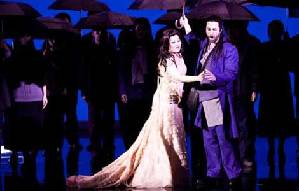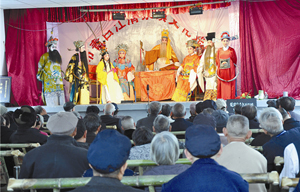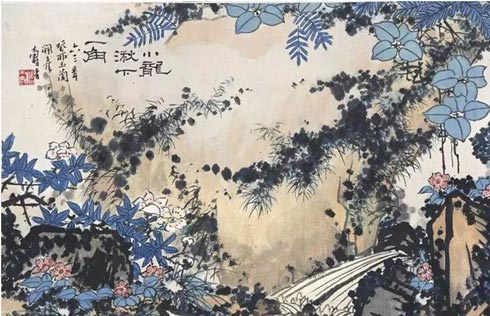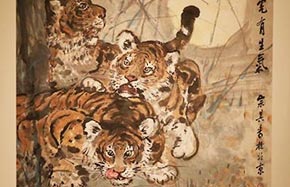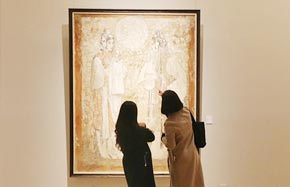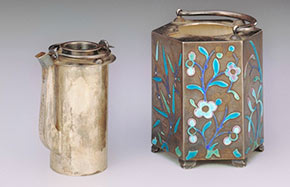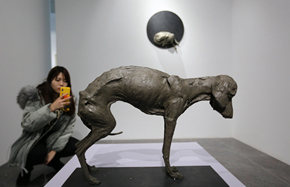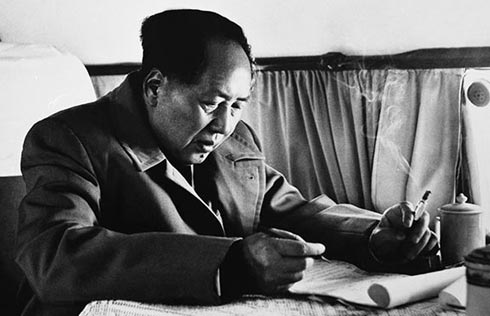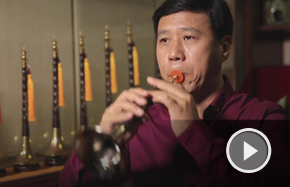Sounds of tradition
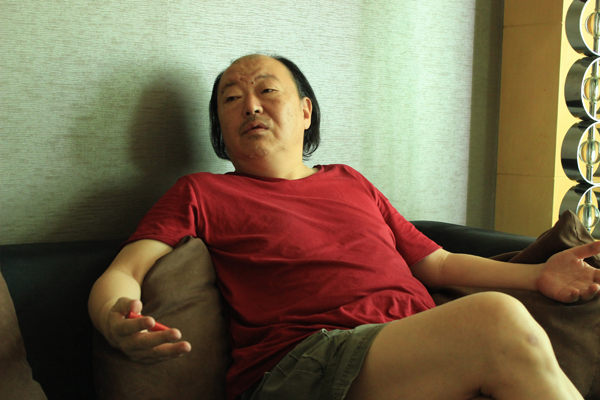 |
|
Photo by Wang Kaihao/China Daily |
Ulaantug is the first composer from non-Han ethnic groups to hold a concert in Beijing's Great Hall of the People. However, Ulaantug says he cares little about these type of achievements, he does not even categorize his manuscripts.
"Perhaps I should because many manuscripts are missing," he laughs. "But I use my musical language to repay my homeland and cheer people up. That is good enough."
In Ulaantug's eyes there are two ways to revitalize ethnic music: One is to collect the folklores scattered in the grassroots, and the other is to use modern genres, like symphony, to explain traditions. He prefers the second method, because of his own academic study of western classical music and his 11 years' experience as an instructor in an orchestra based in Hohhot, capital of the autonomous region.
When his music in Hulunbuir Symphonic Poems was played in 2007 at Golden Hall, the Musikverein in Vienna, Austria, he remained calm as the Western audience cheered. He continues to search for multiple ways to make Mongolian melodies heard globally. As an accomplished piano, violin and cello player, as well as a master of Chinese musical instruments like erhu and horse-head fiddle, he is a qualified candidate to bond different cultures.
Ulaantug is among the co-organizers of Hohhot-based Grassland Cultural Protection and Development Fund of Inner Mongolia, which is devoted to reviving traditional Mongolian ethnic cultural heritage and enhancing their communications with overseas counterparts. He has also devoted much energy in recent years to promote World Music, a relatively new term describing the world's ethnic music.
He is currently composing for a romantic opera Baigalmaa, which is to be staged in Beijing's Poly Theater in September. The program, led by China Opera, will be his opera debut.
"We don't have to strictly follow Western disciplines," he says. "All arias in this new work are based on Mongolian ethnic music, but we will use Western formats to make it accepted by senior opera fans. As long as the music is attractive, a simple storyline will make it popular. "
However, he confesses this is only a trial to combine Mongolian ethnic music and its European counterparts, and believes it will trigger more relevant in-depth comparative academic research if the trial is successful.
"The movie Titanic made Scottish bagpipes popular around the world," he says. "Maybe more operas on Mongolian ethnic group will have the same benefits on our traditional musical instruments."
He says the adaptation should be rooted in a deep understanding of an ethnic group's history, culture, and values, and expects the opera will be well received by overseas audiences.
| Sound effects | Melodic heritage |






